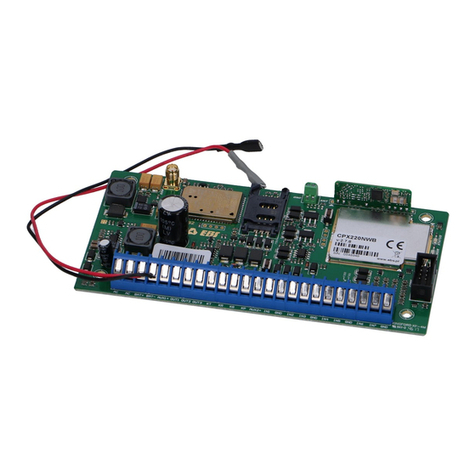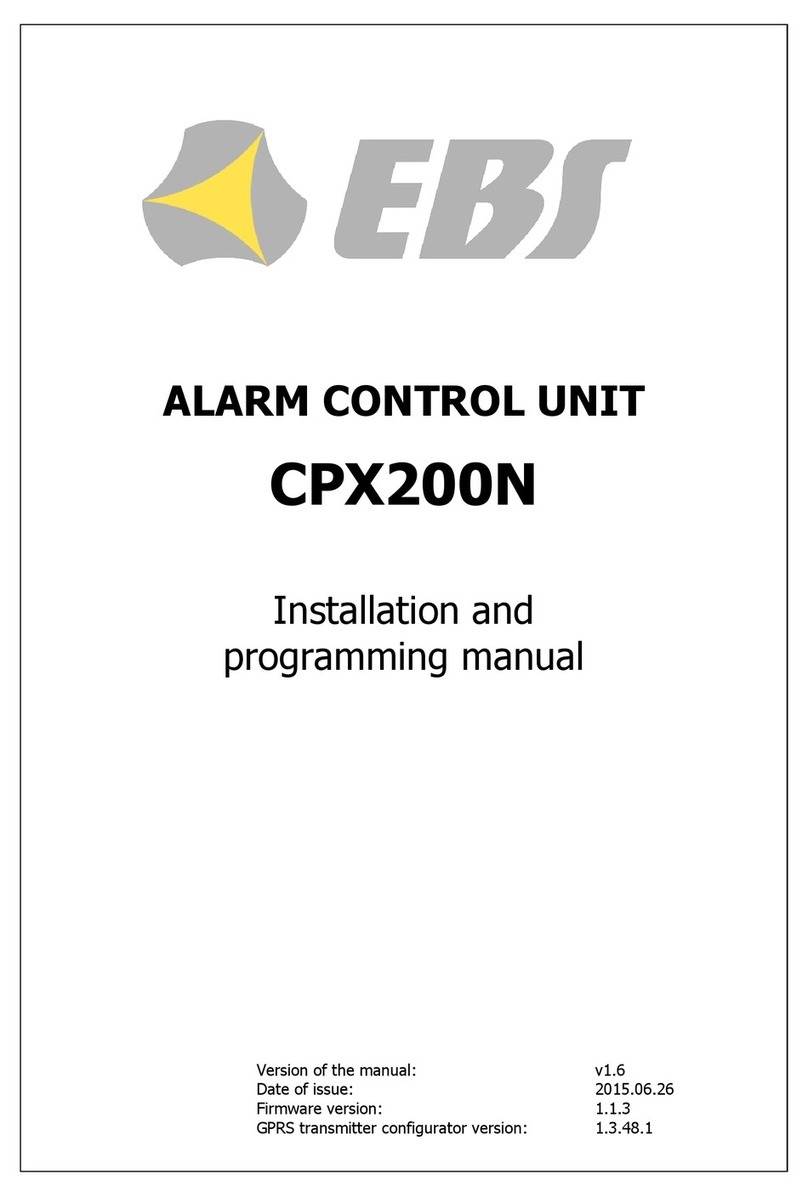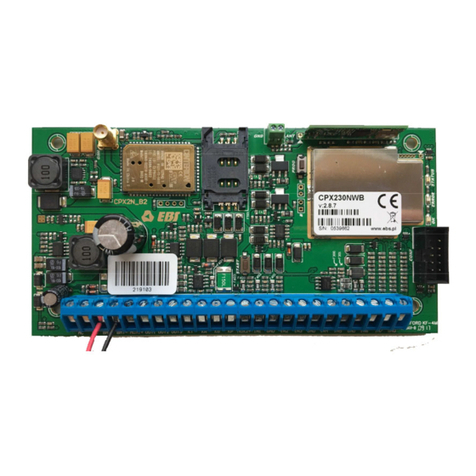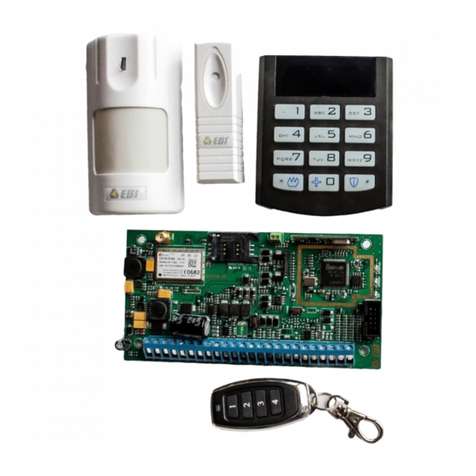CONTENT:
1. INTRODUCTION ........................................................................................................... 4
2. CONTROL UNIT FUNCTIONS ........................................................................................ 5
2.1. FUNCTIONAL CHARACTERISTIC.................................................................................... 5
2.2. ELECTRICAL CHARACTERISTIC ..................................................................................... 6
3. KEYPAD SPECIFICATION ............................................................................................. 7
4. ARMING THE SYSTEM ................................................................................................ 10
4.1. ARMING MODES..........................................................................................................10
4.2. ARMING THE SYSTEM .................................................................................................10
4.2.1. STAY MODE ........................................................................................................10
4.2.2. AWAY MODE.......................................................................................................11
4.3. ARMING THE SYSTEM WITH FAULT .............................................................................11
5. DISARMING THE SYSTEM .......................................................................................... 12
5.1. DISARMING THE SYSTEM ............................................................................................12
5.2. ALARM DISPLAY..........................................................................................................12
5.3. ALARM MUTE ..............................................................................................................12
6. PARTITION HANDLING.............................................................................................. 13
6.1. ARMING / DISARMING WITH SELECTING PARTITIONS .................................................13
6.2. QUICK ARMING / DISARMING PARTITIONS ..................................................................13
7. USER FUNCTIONS ...................................................................................................... 15
7.1. ALARMS MEMORY .......................................................................................................15
7.2. FAULTS MEMORY ........................................................................................................16
7.3. ZONE BLOCKING .........................................................................................................17
7.4. ADDING A NEW USER .................................................................................................17
7.5. USER DELETE .............................................................................................................18
7.6. CHANGE OF USER CODE..............................................................................................18
7.7. PROGRAMMING TIME ..................................................................................................19
7.8. PROGRAMMING DATE .................................................................................................19
7.9. TESTING THE ZONES ..................................................................................................19
7.10. TESTING THE OUTPUTS ..............................................................................................20
7.11. DURESS CODE ............................................................................................................20
7.12. EMERGENCY BUTTONS................................................................................................20
7.13. TEXT MESSAGES .........................................................................................................21
8. THE BEHAVIOR OF THE SYSTEM IN COMPATIBILITY MODE FOR GRADE 2 .............. 30
9. CHANGE HISTORY...................................................................................................... 30































